“We humans are the reason why climate is changing, but that also means our future is in our hands.” – Katharine Hayhoe, Saving Us
If you are anything like me, you start your day by checking your email. You receive the latest headlines in those emails – some good, some bad. But the bad news sticks with you. Like this one from Environment by Impact, stating that February 2024 “was the hottest February in recorded history, making it the 9th month in a row we’ve seen record-breaking temperatures”. A feeling of doom takes over, and looking at the clock, you realize you’ve only been awake for five minutes.
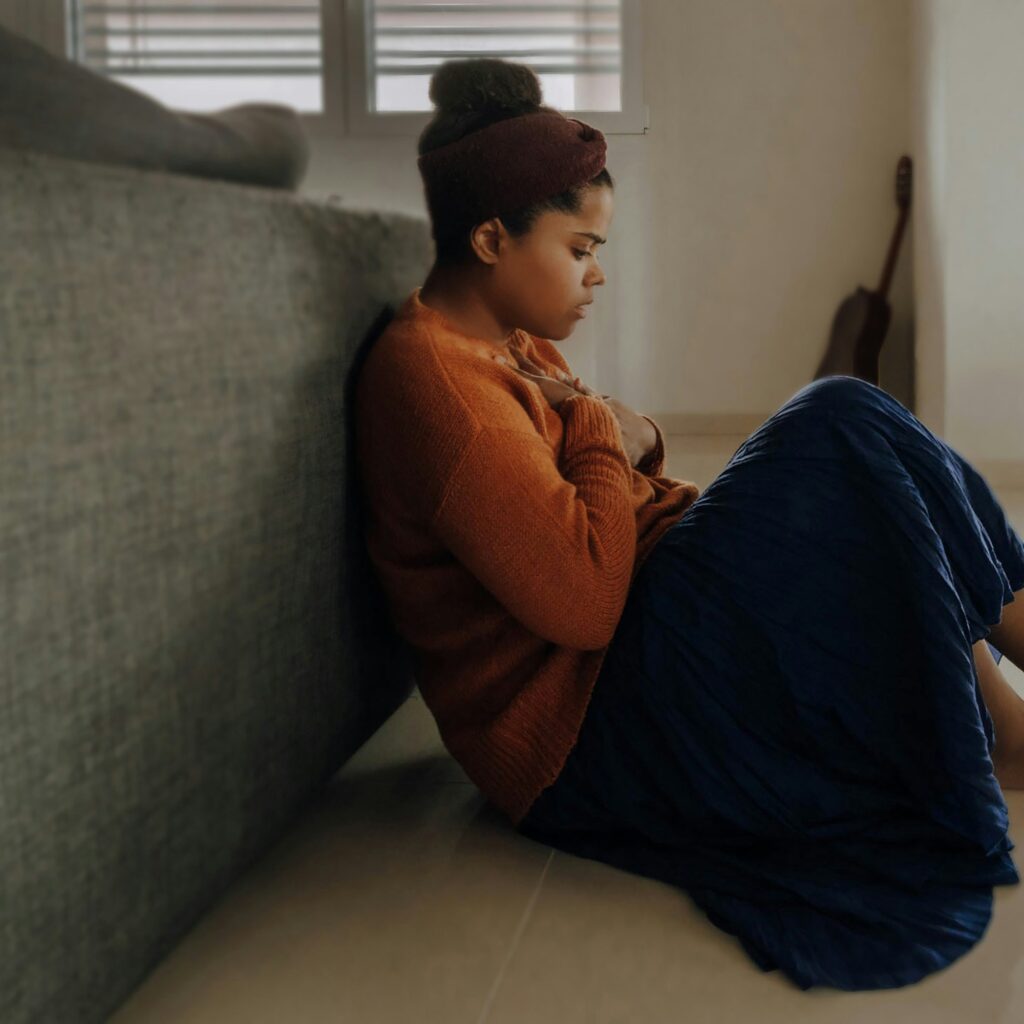
I’m aware that doomscrolling is a bad habit. Still, in the age of technology and instant information at our fingertips, it can feel like I’m missing out or uninformed if I don’t constantly check my notifications. Maybe you relate to this feeling of “eco-anxiety”, a chronic feeling of environmental doom. You’re not alone in that. Worldwide searches for “eco-anxiety” and “climate anxiety” reached a record high in 2023, according to a TIME article.
Regarding climate change, you may think only of two tribes – believers and deniers. However, the Six Americas Survey developed by the Yale Program on Climate Change Communication outlines six categories people fall into – Alarmed, Concerned, Cautious, Disengaged, Doubtful, and Dismissive. According to their data, the Alarmed group has grown 13 points in the last decade, representing 28 percent of survey takers. Furthermore, as the graph below shows, during this time, the bottom three categories have either not seen growth or have declined, which indicates that fewer people either know little about global warming or do not think it is happening. Upon taking the survey myself, I learned that I fall into the Alarmed category, which means I am “convinced global warming is happening, human-caused, an urgent threat, and (I) strongly support climate policies. Most, however, do not know what they or others can do to solve the problem.”
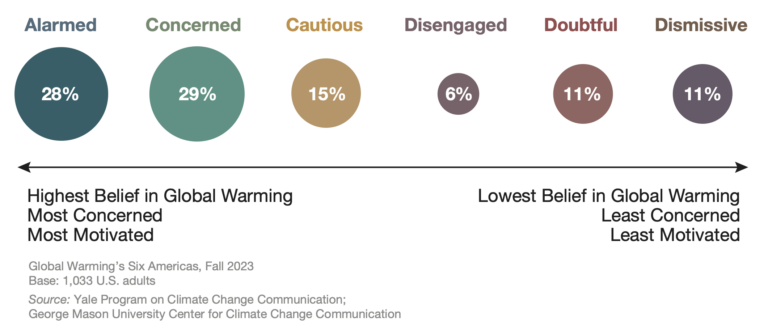
In my attempt to quell these feelings, I’ve taken to reading climate resources with a hopeful spin. In 2023, I read Not Too Late: Changing the Climate Story from Despair to Possibility, Nature’s Best Hope: A New Approach to Conservation That Starts in Your Yard, and most recently, Saving Us: A Climate Scientist’s Case for Hope and Healing in a Divided World. Reading these books felt like a breath of fresh air. Most importantly, they reassured me that I’m not alone in feeling eco-anxiety.
I read the latter as part of our Love Your Place Fall Book Club. The author, Dr. Katharine Hayhoe is a climate scientist and Christian. Last April, I had the privilege of attending a webinar conversation with Dr. Hayhoe where she discussed climate action and her book “Saving Us”. (In this talk, Hayhoe also mentioned A Rocha as a Christian Conservation organization that she highly recommends!) Hayhoe challenged us to “connect our heads to our hearts and our hearts to our hands”, which she believes “as people of faith, we are ideally suited to do. Isn’t that what our faith is about in a nutshell?”
Her conviction is that conversation is the way to connect our hearts and hands. “Having conversations about climate change in our daily lives plays a huge role in creating social change. We take our cues about what’s important from what we hear our family, friends, colleagues, and neighbors talking about,” George Marshall, Climate Outreach, quoted by Katharine Hayhoe, “The goal of the conversation is not to tell people about climate change. It’s to expand the number of people in the conversation.”
So how do we do this? Hayhoe challenges us to bond, connect, and inspire. Take an inventory of who you are and why you care about climate change. Then connect with others asking yourself how this affects what we both already care about.
In our discussion of this concept in the Love Your Place book club for Saving Us, we thought of listening as a way to build relationships. Listening can reveal common ground, like a shared place, shared interest, or shared belief. In our Love Your Place community, members provided personal examples such as where they’re from, or their role as a parent, a teacher, or a Christian.
Lastly, Hayhoe says we must inspire by sharing how climate change affects us personally and discussing positive solutions. This induces hope which, in turn, empowers people to take action. Consider the common ground you’ve established and think “How can we work together to tackle this problem in a way that is compatible with our values?” For examples of climate solutions you can use to make a difference, Hayhoe recommends Project Drawdown.
“The one thing we need more than hope is action. Once we start to act, hope is everywhere” Greta Thunberg, quoted by Hayhoe.
What are two climate solutions you can implement this year? I am committing to composting and reducing single-use plastic products. Let’s continue the conversation in A Rocha’s Love Your Place Climate Action space!

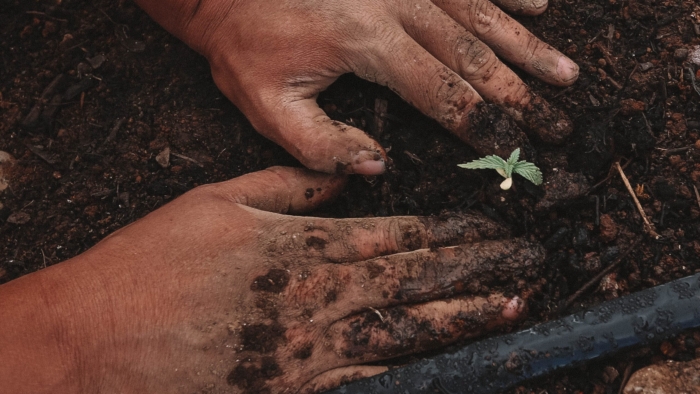
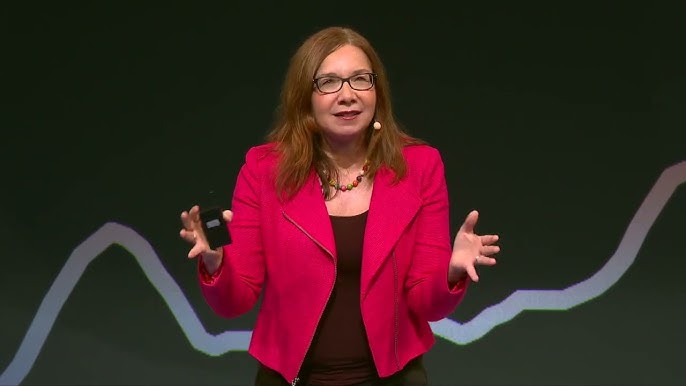
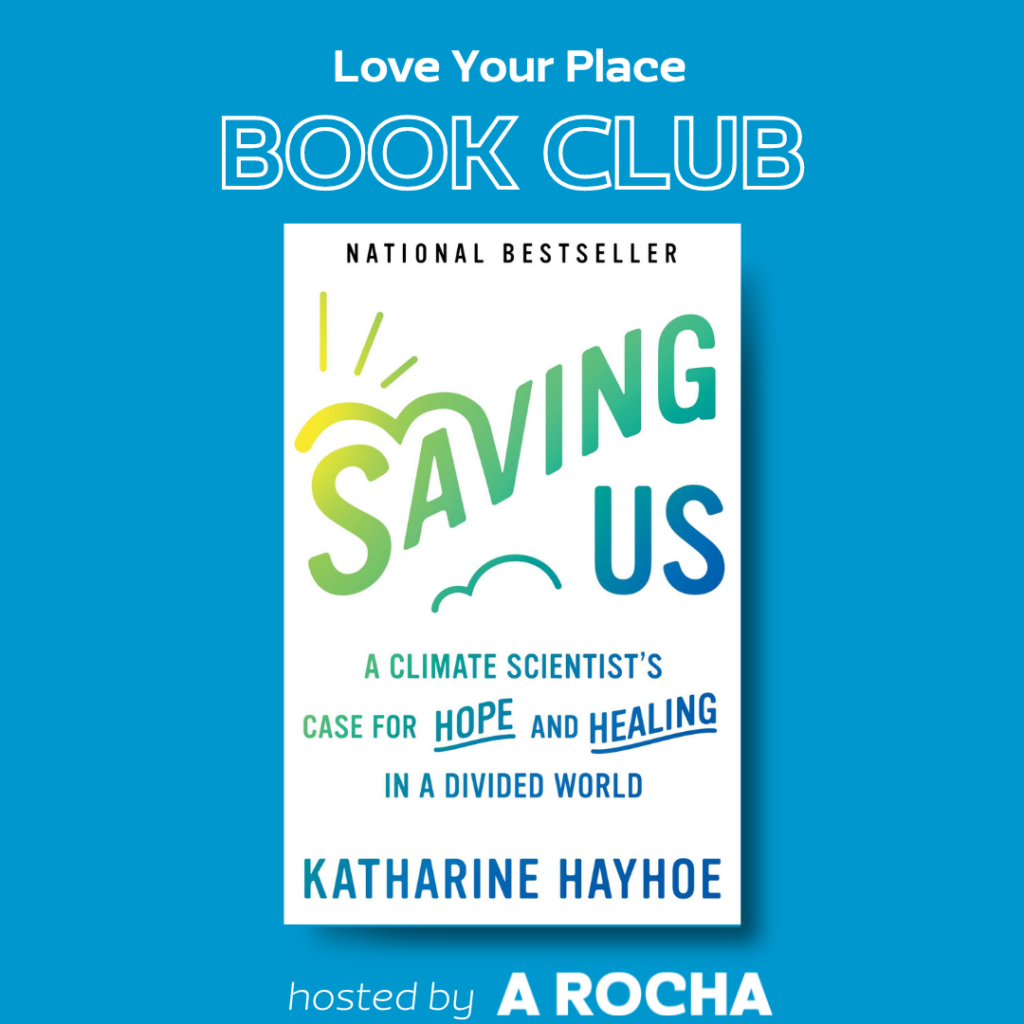
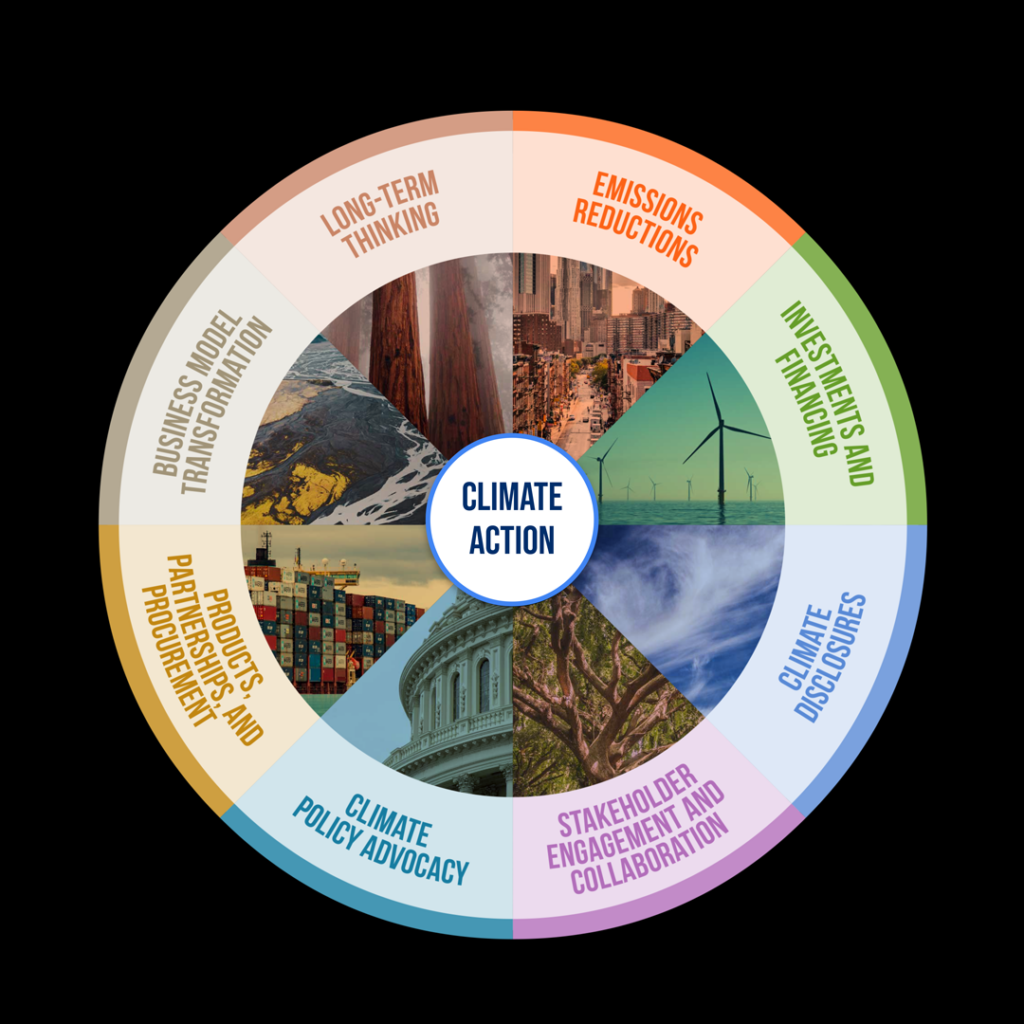


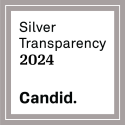




Add a Comment